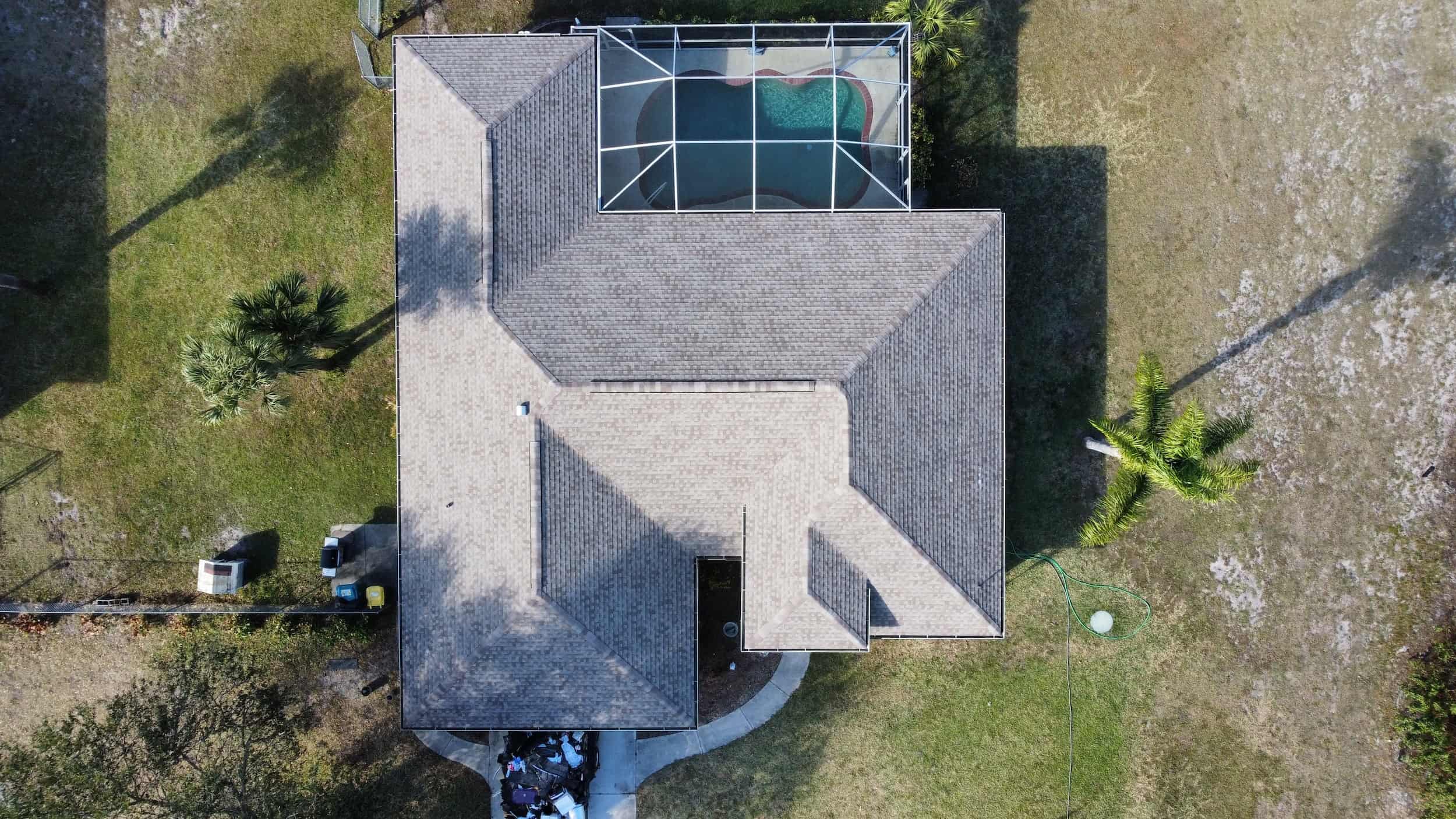Table of Contents
- Introduction
- Understanding Florida’s Roofing Regulations
- Pros and Cons of Reroofing Over Shingles
- Pros
- Cons
- The Process of Reroofing Over Shingles
- Is Reroofing Over Shingles Right for Your Roof?
- PRS Roofing: Your Expert Partner in Central Florida
- FAQs
1. Introduction
In the vibrant and often volatile climate of Florida, maintaining a robust and secure roof is critical for any homeowner. A common question that arises when discussing roof repairs or replacements is: Can you reroof over shingles in Florida? This query isn’t just a matter of convenience; it has significant implications for the safety, longevity, and cost of your roofing system.
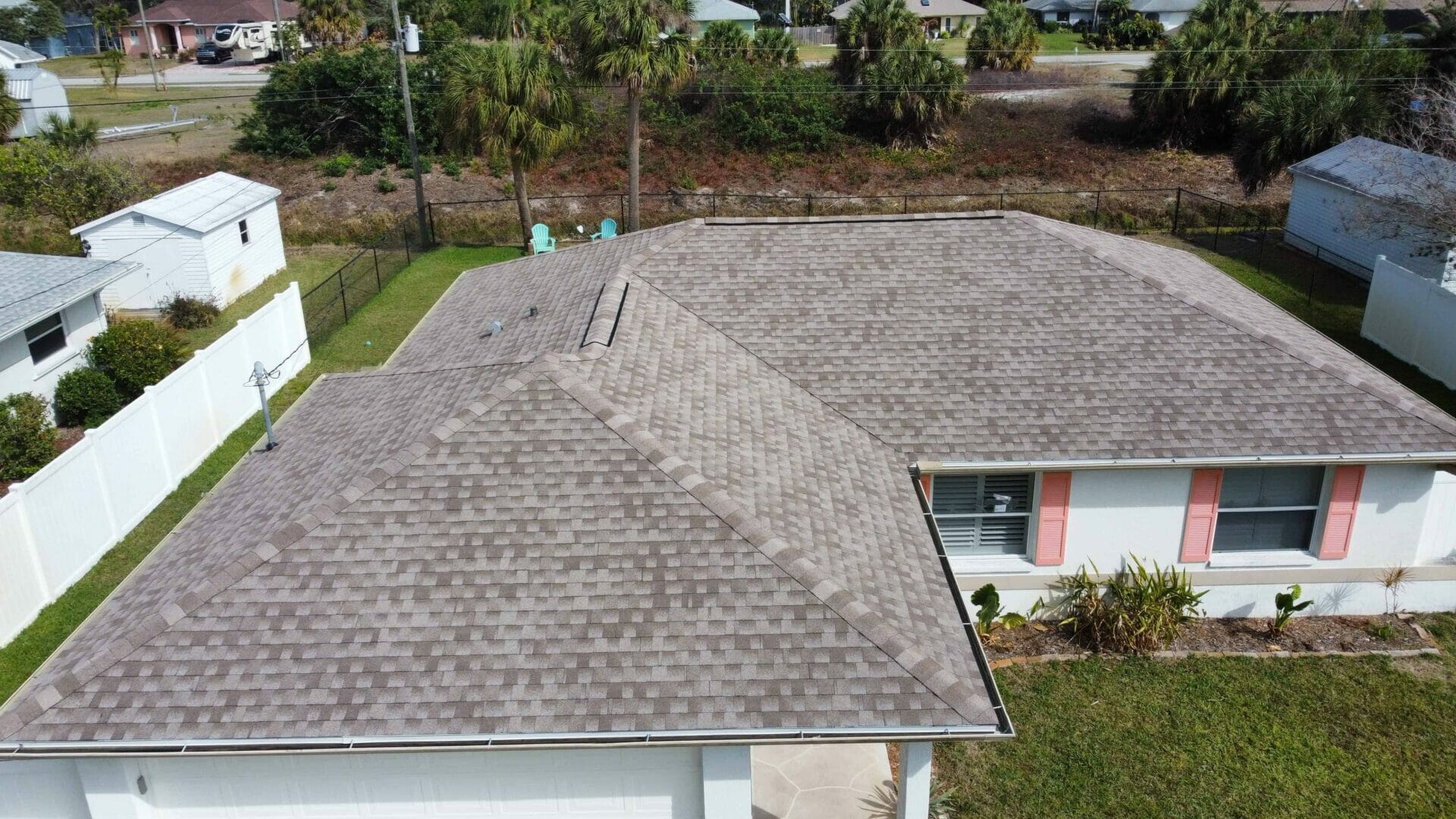
This blog post aims to answer this question comprehensively, providing insights into Florida’s roofing regulations, the benefits and drawbacks of reroofing over shingles, and how to decide if this is the right option for your home. By the end, you will be well-equipped to make an informed decision, with the expertise of PRS Roofing guiding you every step of the way.
2. Understanding Florida’s Roofing Regulations
Florida’s building codes are among the strictest in the United States, particularly because of the state’s susceptibility to severe weather conditions like hurricanes. When it comes to reroofing, these regulations are especially stringent to ensure the safety and durability of roofing structures across the state.
Key Points on Florida’s Roofing Regulations:
- One-Layer Rule: Florida allows only one additional layer of shingles over an existing layer. If your roof already has two layers of shingles, a complete tear-off is required before any new shingles can be installed.
- Inspection Requirements: Before adding a new layer of shingles, the existing roof must be thoroughly inspected to ensure it can support the additional weight without compromising the structural integrity.
- Material Compatibility: The new layer of shingles must be compatible with the existing layer. For example, if your current shingles are wood, you cannot simply add asphalt shingles over them without proper adjustments.
Understanding these regulations is crucial, not only for compliance but also to ensure the longevity and effectiveness of your roofing system.
3. Pros and Cons of Reroofing Over Shingles
When considering reroofing over shingles, it’s essential to weigh the pros and cons carefully. This decision can affect everything from the cost of the project to the future maintenance needs of your roof.
Pros:
- Cost-Effective:
- Savings on Labor: Reroofing over existing shingles reduces labor costs because the time-consuming process of removing the old shingles is eliminated.
- Material Savings: You save on disposal fees since the old shingles are not removed and discarded.
- Faster Installation:
- Less Disruption: Without the need to tear off the old shingles, the project can be completed more quickly, minimizing disruption to your daily life.
- Immediate Protection: The new layer of shingles can provide immediate protection from the elements, especially in urgent situations.
- Environmental Considerations:
- Reduced Waste: By leaving the old shingles in place, you contribute less waste to landfills, making reroofing a more environmentally friendly option.
Cons:
- Potential Structural Issues:
- Weight Concerns: Adding a new layer of shingles increases the weight on your roof, which can stress the underlying structure, especially in older homes.
- Moisture Risks: Trapped moisture between the layers can lead to mold growth, which may go unnoticed until it causes significant damage.
- Limited Lifespan:
- Shorter Durability: Reroofing over shingles generally results in a shorter lifespan for the new roof compared to a complete tear-off and replacement.
- Future Repairs: If issues arise, it can be more challenging to identify and repair them, as the two layers complicate the process.
- Code Compliance:
- Regulatory Risks: If not done correctly, reroofing over shingles may violate local building codes, leading to potential fines or the need for costly corrective work.
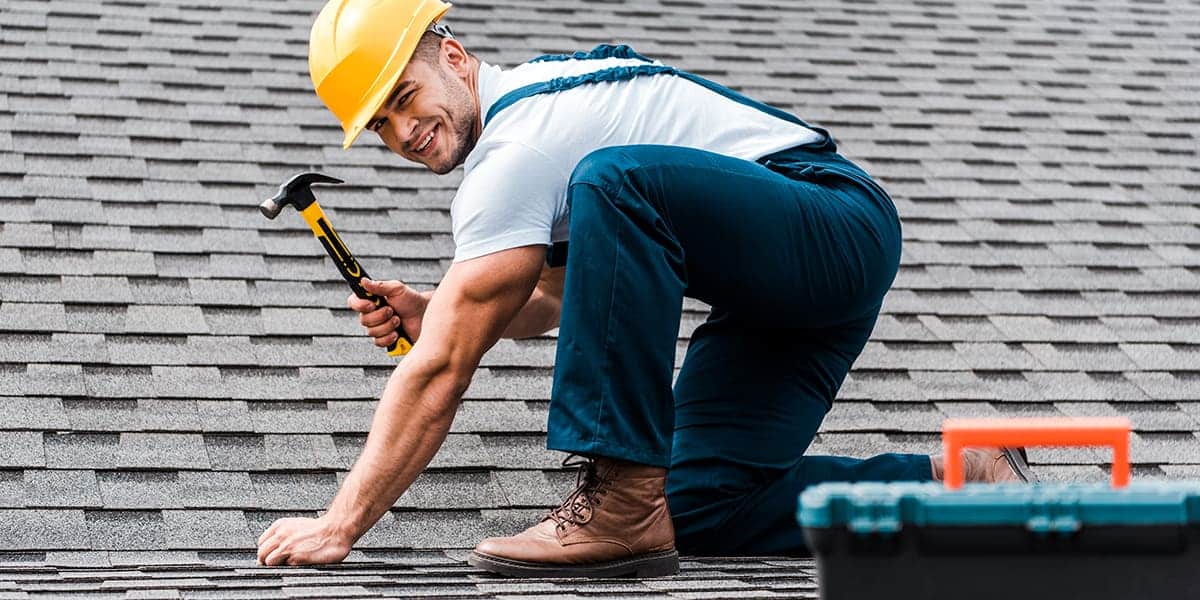
4. The Process of Reroofing Over Shingles
If you decide that reroofing over shingles is the right choice for your home, understanding the process is vital. Here’s a step-by-step guide to how this is typically done, particularly by professionals like PRS Roofing in Central Florida.
Step-by-Step Reroofing Process:
- Inspection and Evaluation:
- Thorough Roof Assessment: The existing roof is inspected for damage, moisture issues, and structural integrity to ensure it can support a new layer of shingles.
- Code Compliance Check: The inspection ensures that reroofing over shingles complies with Florida’s building codes.
- Preparation of the Existing Roof:
- Cleaning and Repair: The existing shingles are cleaned, and any minor repairs are conducted to create a smooth surface for the new layer.
- Layer Preparation: Underlayment may be added to improve waterproofing before the new shingles are installed.
- Installation of New Shingles:
- Shingle Placement: New shingles are carefully aligned and placed over the existing layer, ensuring that the roofing nails penetrate deeply enough to secure both layers.
- Edge Sealing: Special attention is given to the edges to prevent wind uplift and moisture intrusion.
- Final Inspection:
- Quality Check: Once the installation is complete, a final inspection ensures that the new roof meets all standards for durability, weather resistance, and aesthetic appeal.
5. Is Reroofing Over Shingles Right for Your Roof?
Deciding whether to reroof over shingles depends on several factors specific to your home and circumstances. Here are some key considerations:
Factors to Consider:
- Age of the Roof: If your existing roof is relatively new and only requires minor repairs, reroofing may be a viable option.
- Roof Structure: Ensure your roof’s structure can handle the additional weight of another shingle layer.
- Local Climate: Consider Florida’s humid and storm-prone climate, which might affect the longevity and performance of a reroofed system.
- Future Plans: If you plan to stay in your home long-term, investing in a complete tear-off might offer better value and peace of mind.
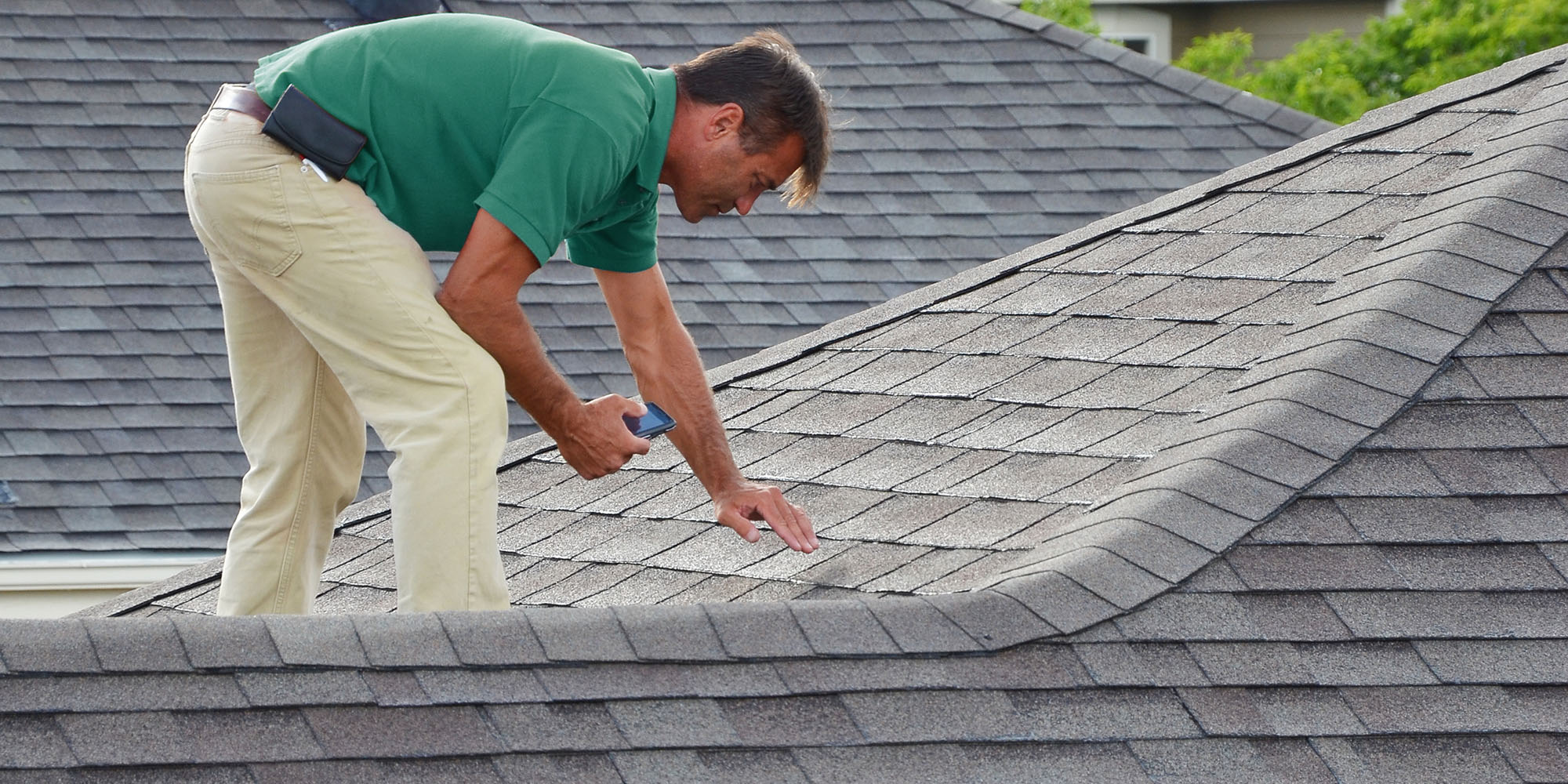
6. PRS Roofing: Your Expert Partner in Central Florida
At PRS Roofing, we understand the unique challenges and requirements of roofing in Central Florida. Whether you choose to reroof over shingles or opt for a complete roof replacement, our team of experienced professionals is here to provide expert advice, quality materials, and superior craftsmanship.
Why Choose PRS Roofing?
- Local Expertise: We are familiar with Florida’s building codes and weather conditions, ensuring your roof is compliant and resilient.
- Comprehensive Services: From roof inspections to full replacements, PRS Roofing offers a wide range of services tailored to your needs.
- Quality Assurance: We use only the best materials and employ skilled professionals to ensure your roof is both durable and aesthetically pleasing.
Get in touch with us today for a free quote and take the first step towards a safer, more secure roof.
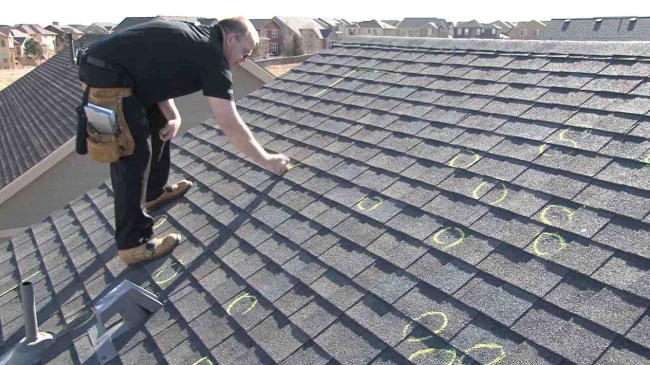
7. FAQs
Q1: Can you reroof over shingles in Florida legally?
Yes, you can legally reroof over shingles in Florida, provided you comply with the state’s building codes, which typically allow only one additional layer of shingles.
Q2: What are the risks of reroofing over shingles?
The main risks include potential structural stress due to added weight, moisture trapping, and a shorter overall lifespan for the new roof.
Q3: How long does a reroofed shingle roof last?
A reroofed shingle roof generally has a shorter lifespan compared to a new roof installed after a complete tear-off, typically lasting around 15 to 20 years.
Q4: Is it cheaper to reroof over shingles than to replace the roof?
Yes, reroofing over shingles is usually less expensive than a full replacement because it saves on labor and material disposal costs.
Q5: Can all types of shingles be reroofed over?
Not all shingle types are suitable for reroofing. For example, wood shingles require special considerations before being covered with another layer of asphalt shingles.
Conclusion
Deciding whether to reroof over shingles or opt for a complete tear-off and replacement is a significant decision that affects the safety, longevity, and cost of your roofing system. In Florida’s challenging climate, understanding the local regulations and the pros and cons of each option is crucial. At PRS Roofing, we are committed to providing the guidance and expertise you need to make the best choice for your home. Contact us today to discuss your roofing needs and discover how we can help you achieve a durable and beautiful roof.
This blog post is designed to resonate with homeowners in Central Florida, offering clear, accessible information while also enhancing PRS Roofing’s reputation as a trusted local expert.
